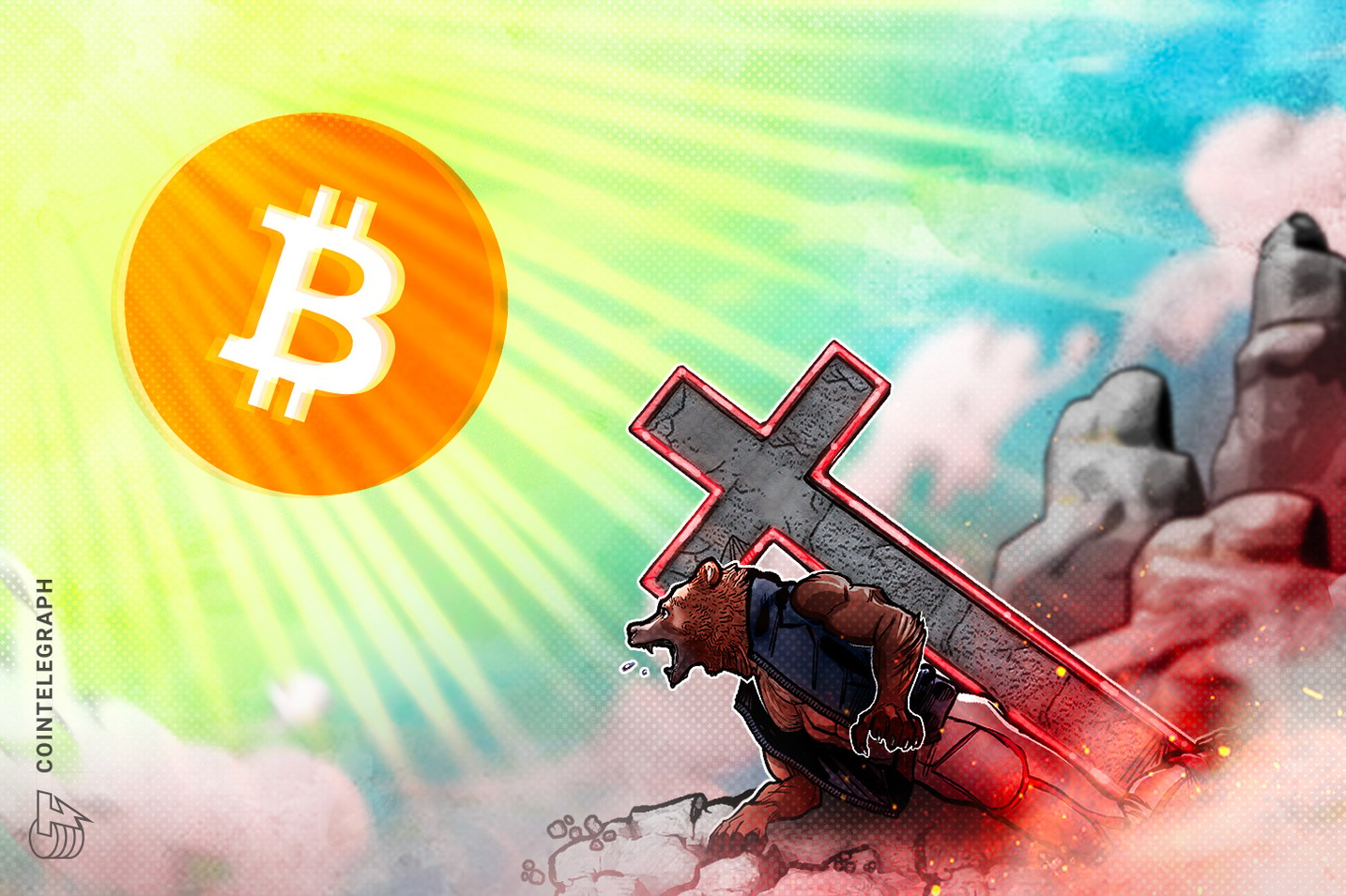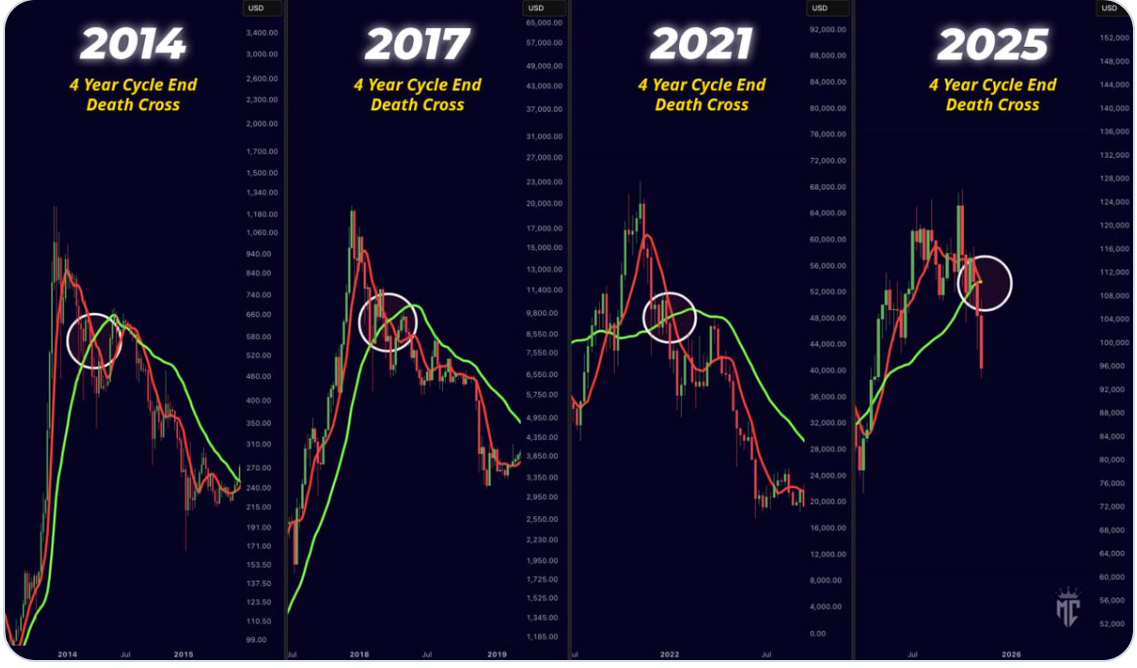
Bitcoin's Recent Death Cross Signals Acceptance of Bear Market
Bitcoin has confirmed a rare death cross on its price chart, indicating the onset of a bear market as selling pressure intensifies.
Key Takeaways:
- Bitcoin’s death cross appears again, historically resulting in price drops of 64%-77%.
- Increased selling pressure sees many investors parting with their BTC at a loss.
Bitcoin may have secured its entry into a bear market following a drop to $80,000 observed on Friday. A mix of technical indicators suggests a potential for prolonged declines.
Bitcoin’s Macro Uptrend is No More
The BTC/USD pair dipped below its 50-week moving average on Sunday. Analyst Rekt Capital remarked that a quick reclamation is needed on a relief rally to safeguard the market structure.
“It’s going to get complicated for Bitcoin to maintain bullish market structure if it performs a Weekly Close below the 50-week EMA later today.” - Rekt Capital
Rekt added that bullish market structures are disregarded when the macro trend shifts. He highlighted Bitcoin’s decline below vital support lines on the way to a six-month low of $80,500.
 Bitcoin Past Performance
Source: Mister Crypto
Bitcoin Past Performance
Source: Mister Crypto
Historically, every Bitcoin cycle has concluded with a death cross. This technical indicator indicated notable price decreases following its earlier appearances.
Bitcoin Realized Losses Exceed $800 Million
With the selling pressure mounting, realized losses have escalated back to levels unseen since the 2022 FTX collapse, with aggregate losses exceeding $800 million in the past week. Short-term holders are largely contributing to the sell-off.
“Short-term holders are driving the bulk of the capitulation.” - Glassnode
Visual data reveals significant loss levels similar to those in November 2022, with implications for Bitcoin’s price trajectory.
“Failing to do so historically indicates a deeper bearish trend or confirms a bear market.” - IT Tech
As short-term holders panic-sell, analysts predict Bitcoin will continue its downward trend toward previous lows. This article does not offer investment advice; readers should conduct their own research.


